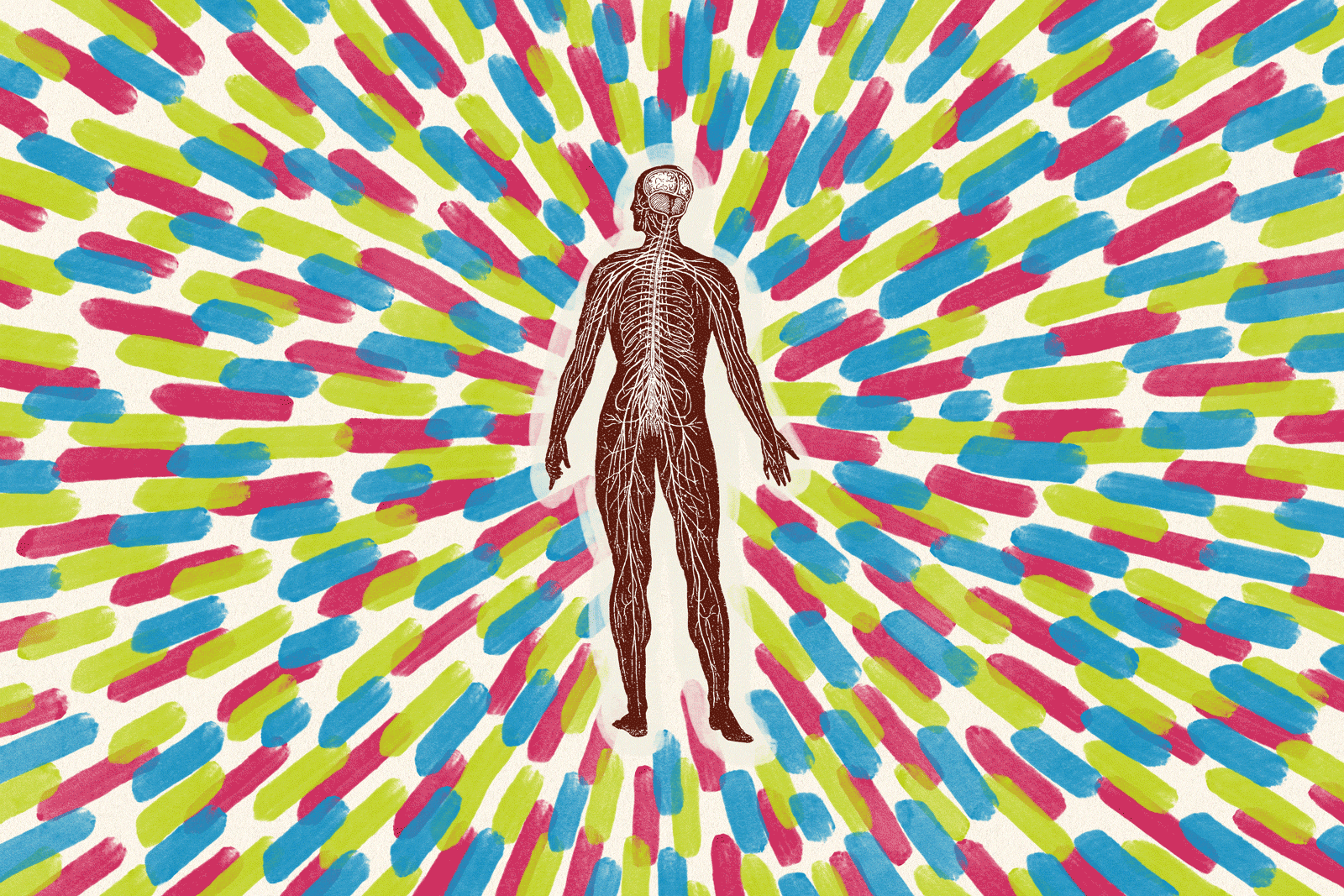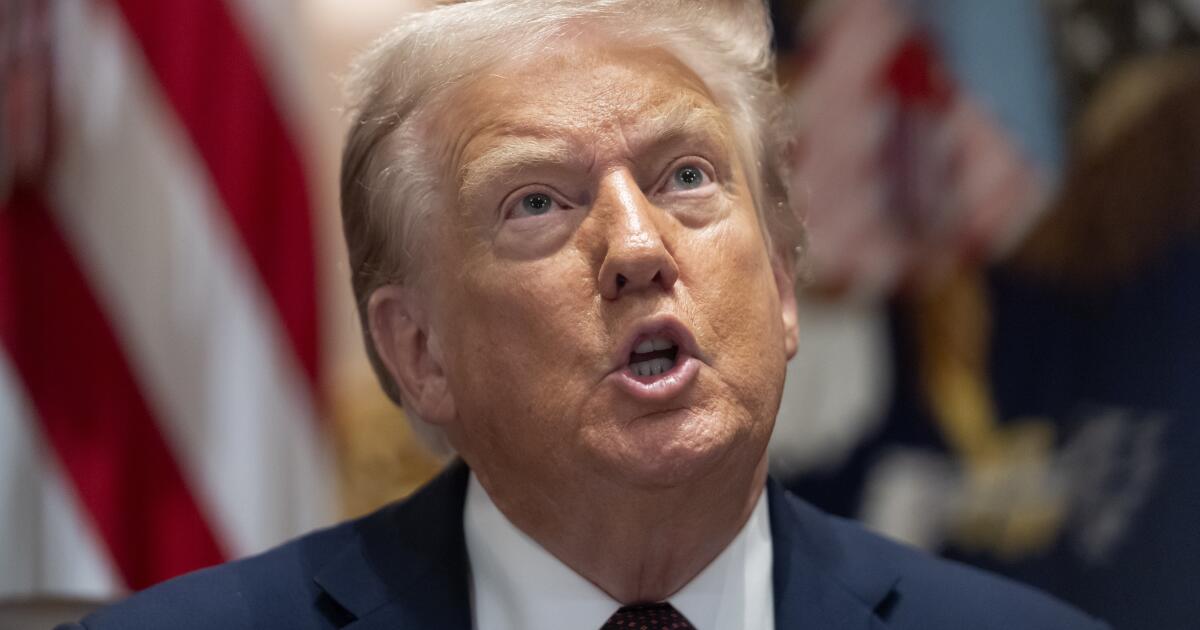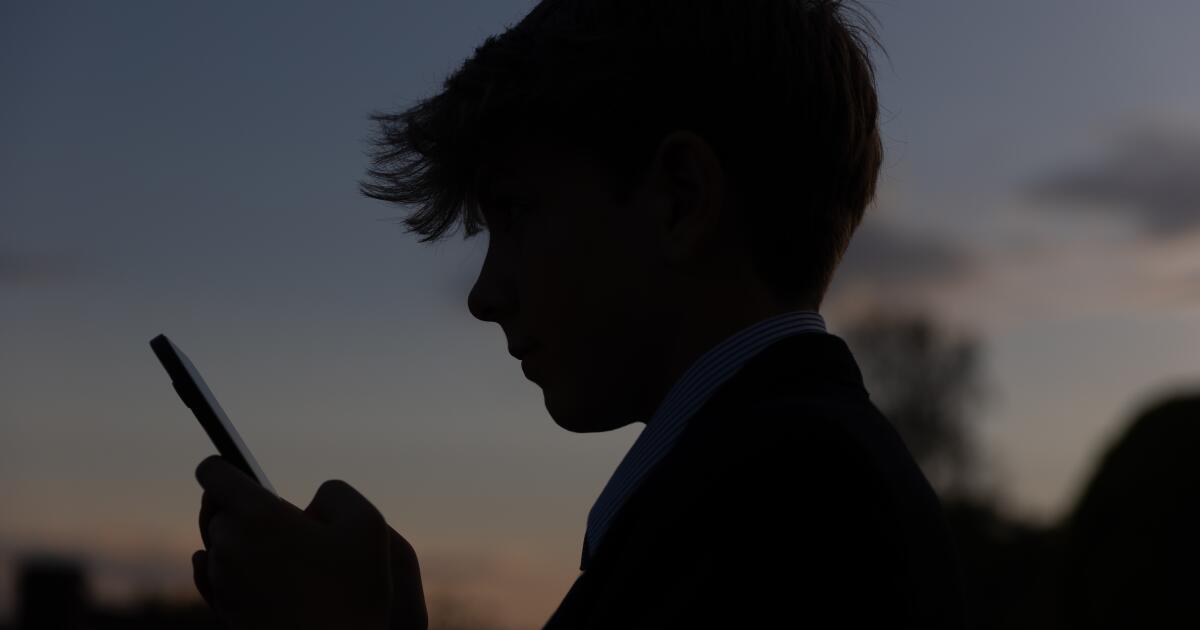Book Review
Trippy: the danger and promise of medicinal psychedelics
By Ernesto Londono
Celadon Books: 320 pages, $29.99
If you buy books linked to on our site, The Times may earn a commission from Bookshop.org, whose fees support independent bookstores.
Ernesto Londoño's fascinating and disturbing new book, “Trippy: The Danger and Promise of Medicinal Psychedelics,” is part memoir and part journalistic work. He tells how Londoño sought relief from depression with mind-altering drugs. He also investigates the current fad for “medicinal” psychedelics as a treatment for those struggling with depression, trauma, suicide, and other conditions.
Like other psychedelic enthusiasts, Londoño – a journalist who reported in conflict zones like Iraq and Afghanistan and was the New York Times' Brazil bureau chief – wants us to like psychedelics. They free you from depression and suicidal tendencies. He then continues to “travel” to engage in self-exploration: escaping reality, traveling into oneself, and returning with an expanded view of the world.
Calling illicit drugs and hallucinogens like psilocybin, MDMA/ecstasy, LSD, and ayahuasca “medicine” is problematic. Psychedelic psychiatry has made a resurgence in the last decade, although only among a minority of medical professionals. Mainstream psychiatry largely abandoned psychedelics in the 1970s, for a variety of reasons.
The renewed interest in psychedelics as a treatment seems to arise more from hope than science: a desire for medicinal psychedelics to be effective because our current treatments are inadequate. Antidepressants known as SSRIs and other methods are often ineffective, but that does not mean that psychedelics, which can be harmful to many in case of acute discomfort, it should be tried.
Londono is more balanced in discussing the benefits and dangers than Michael Pollan and others. Pollan's best-selling book-turned-Netflix series, “How to Change Your Mind,” proselytizes medicinal psychedelics in a way that “Trippy” thankfully does not.
Londoño brings a healthy dose of skepticism. Psychedelics are not romanticized with examples from the 1960s counterculture movement or promoted by listing celebrities who currently use them. The author often wonders to what extent what he is part of is “a cult” and whether what he is taking is “voodoo,” not medicine.

Ernesto Londoño, author of “Trippy”.
(Jenn Ackerman)
“Trippy” is a fascinating account of the world of medicinal psychedelics. We attend psychedelic retreats in the Amazon and Latin America. We drink ayahuasca, a syrupy, foul-tasting psychoactive tea that induces vomiting and hallucinations. Ayahuasca evokes “memories” (some real, some false) that participants consider the cause of their poor emotional health.
We visit a ketamine clinic, where Londoño feels “happy withdrawal,” retaining “strong powers of perception” but losing “any sense of being a body with limbs that can move at will.”
We see how MDMA (a German pharmaceutical from 1912 now better known as the street drug called ecstasy or molly) is distributed. administered at a VA hospital to treat post-traumatic stress disorder. At a “treatment center”/church/spiritual refuge in Austin, Texas, we witness tobacco being blown into a man's nostrils, an extract of an Amazonian plant thrown into his eyes, and poison poison being burned. toad on the forearms with the pretext of spiritual salvation.
Unlike unbridled enthusiasts, Londoño exposes the predatory nature of the psychedelic industry and how it exoticizes the use of hallucinogens as indigenous medicines. We are aware of some scandals in this field, specifically sexual abuse and harassment and taking advantage of vulnerable people seeking help.
It is an interesting memoir of one man's experiences with psychedelics. Londoño's little comments, like when she talks about meeting the man she would become her husband, endear us to him: “I saw the profile of a handsome man who was visiting us from Minnesota over the weekend. He was a vegetarian and a veterinarian. Fainting!”
But as a work of mental health journalism, “Trippy” is not, as the dust jacket suggests, “the definitive book on psychedelics and mental health today.”
Many things are overlooked and left aside. Londoño does not emphasize that these treatments best serve the “worried,” those struggling with relatively mild complaints, but can be extremely unsafe for those with serious mental illnesses, meaning that severe dysfunction. Such a person has typically been diagnosed with bipolar disorder, major depressive disorder with suicidal tendencies, post-traumatic stress disorder, or schizophrenia. They are unable to hold down a job or live independently, often for years.
Most of the people Londoño interviews in “Trippy” are looking for “happiness,” not measures that will save their lives and give them the opportunity to function in a basic way. Retreats are less mental health centers than gatherings of spiritual seekers.
Full disclosure: I read “Trippy” with an open mind and as someone who spent 25 years in the American mental health system with serious mental illness. Those years passed as they do for many: a series of hospitalizations suffered, countless therapeutic modalities tried, numerous mental health professionals seen, and countless psychiatric medications taken (yes, in double digits).
“Medicinal” psychedelics never emerged as a potential treatment. I recovered before fringe psychiatry's renewed interest in psychedelics became a fad in the last decade.
It is disturbing that Londono does not mention the recovery movement and what we know can lead to mental health recovery. He doesn't mention the five Ps, which are based on the four Ps that Thomas Insel, former director of the National Institute of Mental Health, writes about in “Healing: Our Path from Mental Illness to Mental Health.” To heal, we need people (social support), place (a safe home), purpose (meaning in life), payment (access to mental health care), and physical health (a clean diet and, ironically, no drugs or alcohol ).
In this, Londoño does not explore whether his recovery had as much to do with the changes he made as a result of his first treatment/trip as it did with the psychedelics themselves: dietary changes, renewed purpose, finding love, moving to a new home, leaving his stressful job. If two centuries of psychiatric research have taught us anything, it is that there is no magic solution to mental health recovery.
The book's most compelling explorations of psychedelics as mental health treatments come when Londoño discusses their use to treat trauma, particularly that experienced by war journalists and veterans.
It also explores the pervasiveness of mental health issues and the particular challenges LGBTQ+ people can face.
“Trippy” raises fundamental questions we must ask ourselves as the psychedelic industry moves toward mental health treatment:
What is “medicine” and what is an illicit drug?
Are we trying to treat those in crisis or simply help someone escape the suffering that is part of the human experience?
Should we continue trying more and more extreme treatments?
Or should we finally pay attention and change the systemic issues that are the root cause of so much mental and emotional distress?
Sarah Fay is the author of the best-selling memoir “Pathological: the true story of six misdiagnoses” and “Cured.”












